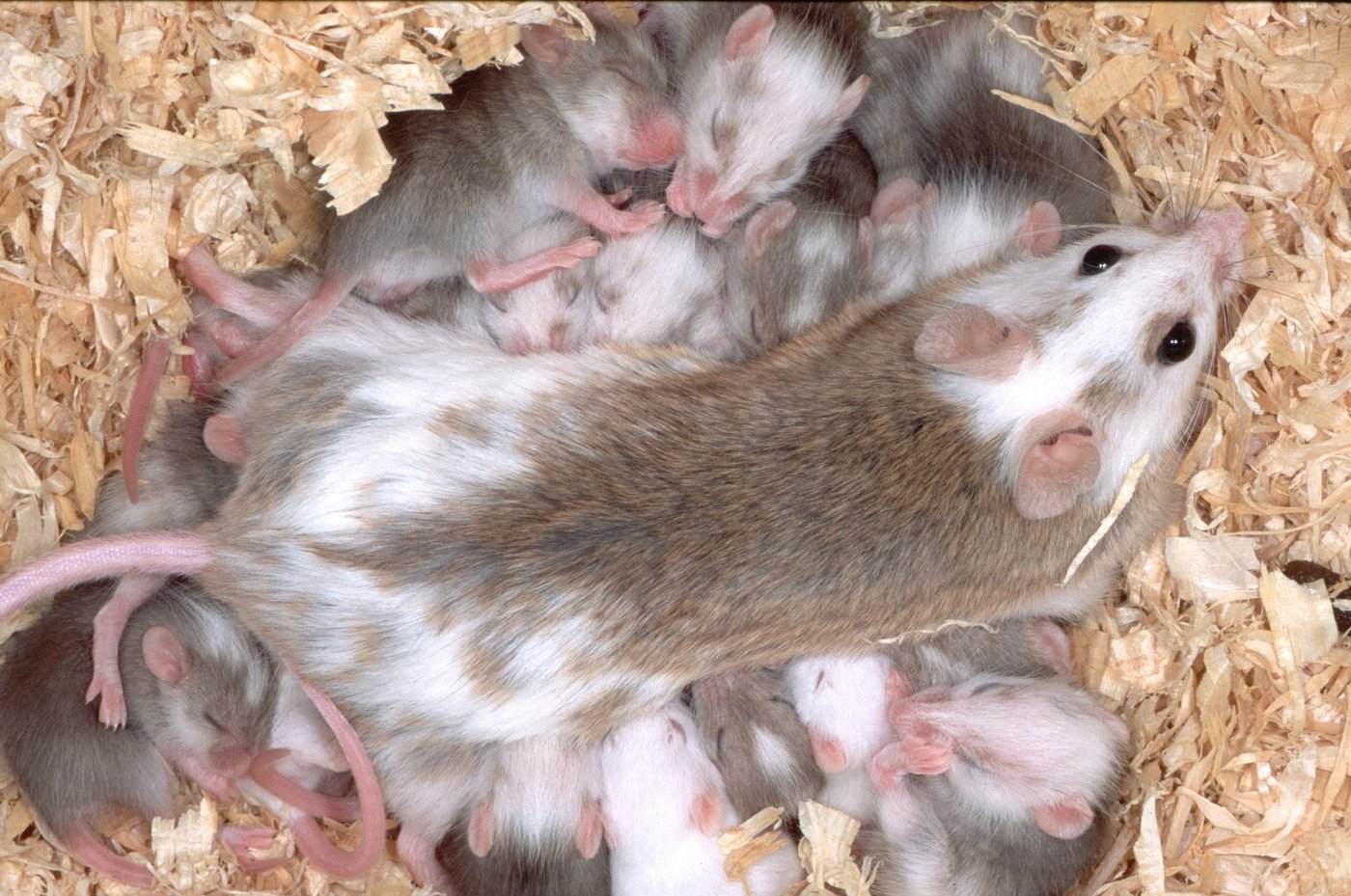FAQ on the Lassa virus
1. What is Lassa fever?
Lassa fever is a viral disease that occurs across large parts of West Africa. It is caused by the Lassa virus (LASV), a member of the Arenaviridae family, and belongs to the group of viral haemorrhagic fevers. The virus is transmitted to humans by the Natal multimammate mouse (Mastomys natalensis). The disease can range from mild to severe and may occasionally be fatal.
2. Where does Lassa fever occur?
Lassa fever is endemic in the following West African countries:
- Benin
- Côte d’Ivoire
- Guinea
- Liberia
- Mali
- Nigeria
- Sierra Leone
Cases have also been reported in other West African countries, though these are mostly imported infections.
3. How is Lassa fever transmitted?
Natal multimammate mice live close to human dwellings in rural and suburban areas of West Africa, much like the common house mouse in Europe. Transmission of the Lassa virus is thought to occur through contact with the urine or faeces of infected rodents or by consuming the animals. Infection can occur when contaminated food is eaten or when contact is made with contaminated objects.
Human-to-human transmission can occur sporadically in healthcare settings, usually when it is not known that a patient is infected and special hygiene precautions are therefore not taken. There is a high risk of infection through contact with the blood or bodily fluids of infected persons (for example, while caring for patients or handling the deceased). Sexual transmission is also possible; recent evidence shows that the virus can remain infectious in the semen of survivors for several months.

4. What are the symptoms of Lassa fever?
Symptoms usually appear seven to twenty-one days after infection and range from mild feverish illness to severe multi-organ failure. Most symptoms are non-specific. They may include:
- Fever
- Headache
- Sore throat
- Muscle pain
- Nausea and vomiting
- Diarrhoea
- Bleeding (for example, from gums, eyes, or gastrointestinal tract)
Most infections are mild. In severe cases, systemic illness with organ complications can occur, particularly acute kidney failure, neurological symptoms, and what is known as “vascular leak syndrome.” In this condition, fluid escapes from blood vessels into surrounding tissues (“internal fluid loss”), which can lead to fluid accumulation in the lungs (pulmonary oedema) and cause respiratory problems up to and including respiratory failure. Around 15 percent of hospitalised patients die from the disease.
Pregnant women have a particularly high risk of severe illness. The likelihood of death is significantly increased, and the unborn child is at high risk of complications and poor pregnancy outcomes.
Long-term effects may occur after recovery from acute infection. These may include hearing loss, difficulty concentrating, and psychological problems. Stigmatisation by the community can also be a consequence.
5. How is Lassa fever diagnosed?
Because symptoms are non-specific and resemble other febrile illnesses such as malaria, laboratory confirmation is essential. Diagnosis is made by detecting viral components or antibodies in the blood. The most reliable method for confirming Lassa fever is the polymerase chain reaction (RT-PCR).
6. How is Lassa fever treated?
There is currently no specific treatment. Therapy focuses on supportive care to alleviate symptoms and stabilise body functions, such as:
- Fever-reducing and anti-inflammatory medication
- Fluid and electrolyte replacement
- Blood transfusions and treatment of bleeding tendency
- Management of kidney failure, if necessary through dialysis
- Oxygen supply and ventilation in severe cases
The antiviral drug ribavirin may be helpful if given very early. Its effectiveness in later stages of illness is limited. Further antiviral approaches are currently under clinical investigation. In addition, close collaboration between several medical specialties is essential, particularly infectious diseases, intensive care, and nephrology. Secondary bacterial infections must be treated with targeted antibiotics. Research is also ongoing into adjunctive therapies that do not directly target the virus but modulate the body’s own response (“host-directed therapies”), for example using anti-inflammatory drugs.
7. Is there a vaccine against Lassa fever?
There is currently no approved vaccine against Lassa virus. Several vaccine candidates are in clinical trials (Phase II), but none has yet been licensed.
8. How can Lassa fever be prevented?
Key preventive measures include:
- Avoiding contact with rodents and their excreta in West Africa
- Avoiding simple accommodation in rural, endemic areas of West Africa
- Safe storage and thorough cooking of food by heating
- Regular handwashing with soap
- Avoiding contact with people who have a fever or with deceased persons
- Medical personnel:
- using protective equipment (gloves, masks, goggles) when treating febrile patients
- Strict hygiene compliance and isolation of suspected and confirmed Lassa fever cases
Travellers to West Africa should check current outbreak information before departure and follow the precautions listed above.
More information
Contact
- Prof. Dr Stephan Günther
- Head of Department of Virology
- phone: +49 40 285380-547
- fax: +49 40 285380-459
- email: guenther@bnitm.de
- Dr Lisa Oestereich
- Research Group Leader
- phone: +49 40 285380-940
- email: oestereich@bnitm.de
- Till Omansen, Ph. D.
- Research Group Leader
- phone: +49 40 285380-267
- fax: +49 40 285380-281
- email: till.omansen@bnitm.de
- Dr Anna Hein
- Public Relations
- phone: +49 40 285380-269
- email: presse@bnitm.de
- Julia Rauner
- Public Relations
- phone: +49 40 285380-264
- email: presse@bnitm.de
- The Laboratory diagnostics|Consultation for physicians
- Advice on the diagnostic procedure
- phone: +49 40 285380-211
- fax: +49 40 285380-252
- email: labordiagnostik@bnitm.de







